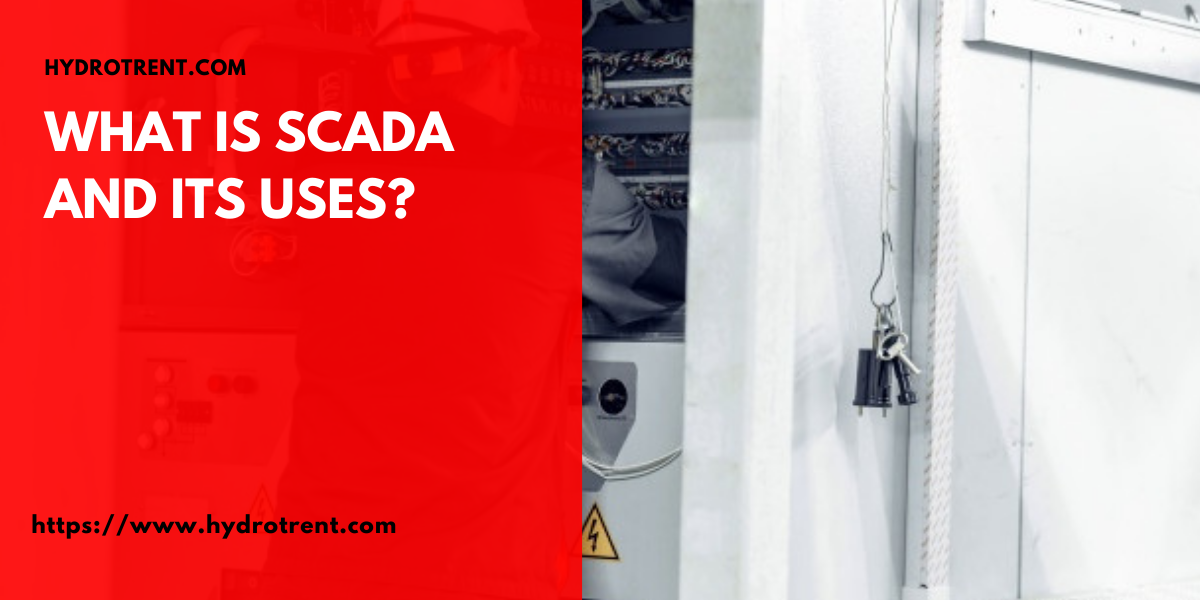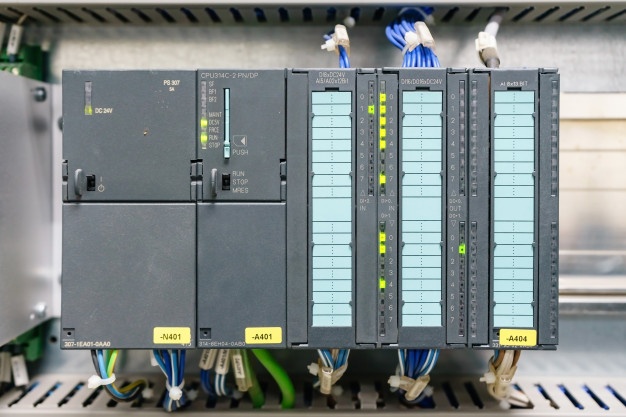Scada stands for data surveillance and acquisition. SCADA monitors, controls, and collects data. The SCADA system includes a number of RTUs (Remote Terminal Units), Main Station / RCC (Area Control Center) and data telecommunication network between RTU and Main Station.
In communication between the main station (MS) and each remote terminal unit (RTU) performed through support in the form of optical fiber, PLC (carrier) or radio, in this case the data is sent with several protocols (usually depending on the SCADA provider used), for example Indactic 33, IEC-60870, etc.
These systems are widely used in upstream oil and gas fields, high-voltage power grids and some similar applications where systems with such configurations are used to monitor and control large production areas.
Scada is usually used to control a process.
industrial processes: manufacturing, production, electrical energy generators.
Infrastructure processes: purification and distribution of drinking water, sewage treatment, gas and oil pipelines, electricity distribution, complex communication systems, early warning systems and sirens
processing facilities: buildings, airports, ports, space stations.
The SCADA system usually includes:
- Human-machine interface
- Remote terminal that connects several measurement sensors in the above process
- Computerized monitoring system for data collectors
- Communication infrastructure using remote terminals with monitoring systems, and PLC
How is SCADA used?
You can use SCADA to manage different types of equipment. In general, SCADA is used to automatically carry out complex industrial processes, it replaces human work (this can be considered dangerous or impractical – the logical consequence is layoffs), and usually processes that involve more control factors. faster, etc. Where control becomes uncomfortable.
For more information about Scada System Malaysia please visit https://www.hydrotrent.com









